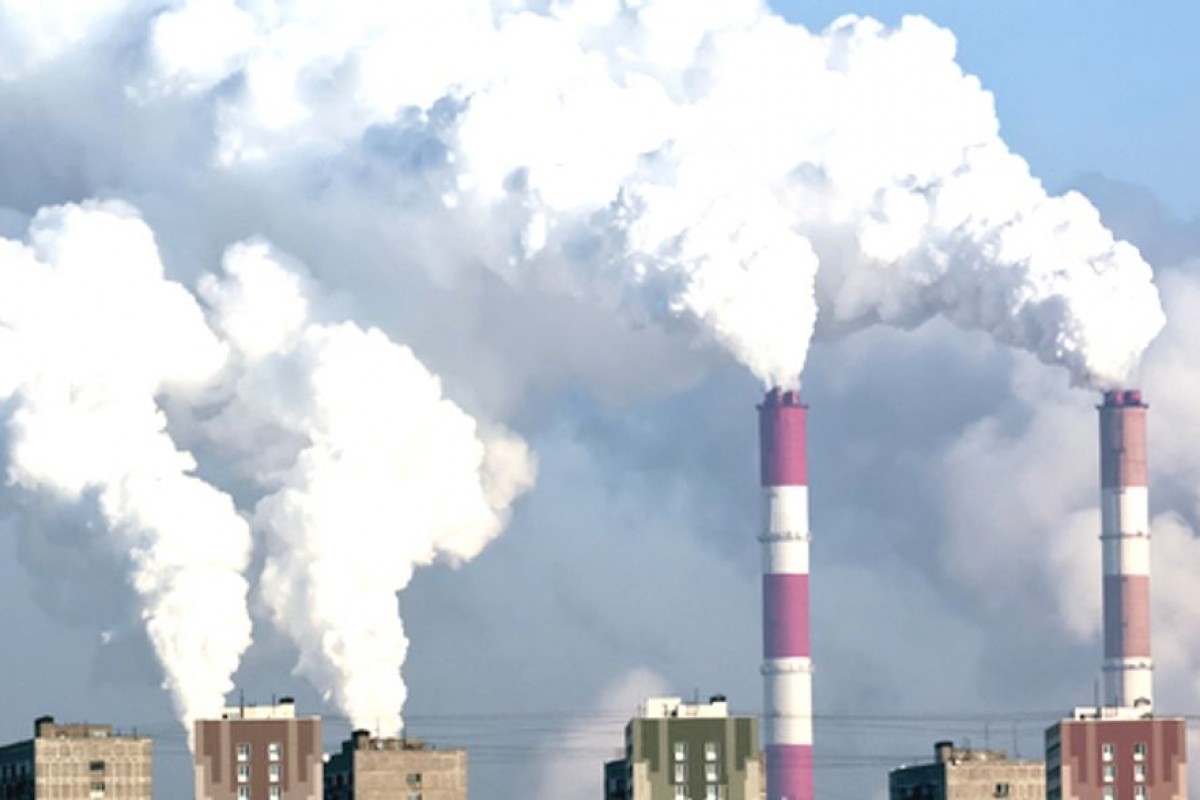Table of Contents
- The Future of Coal as a Fuel. Coal has been used as a fuel for ages ...
- Threat of Energy Bill coal ban lifted | Heritage Railway Magazine
- Peak Coal as Early as 2025 - CleanTechnica
- While coal premiums soar, insurance groups still supports oil and gas ...
- PIA - IPCC report prompts swift coal, fossil fuel exit in PH
- Great Britain is almost ready for coal-free summers - Drax Global
- Coal wallpaper | 1024x768 | #71037
- Coking coal may spoil the recovery party of India's steelmakers | Zee ...
- Coal-HD High Definition Photo-Rock-Geology-Specimen-Mineral-China ...
- Eastern Coalfields Limited (ECL) | Coal thieves attack two security ...
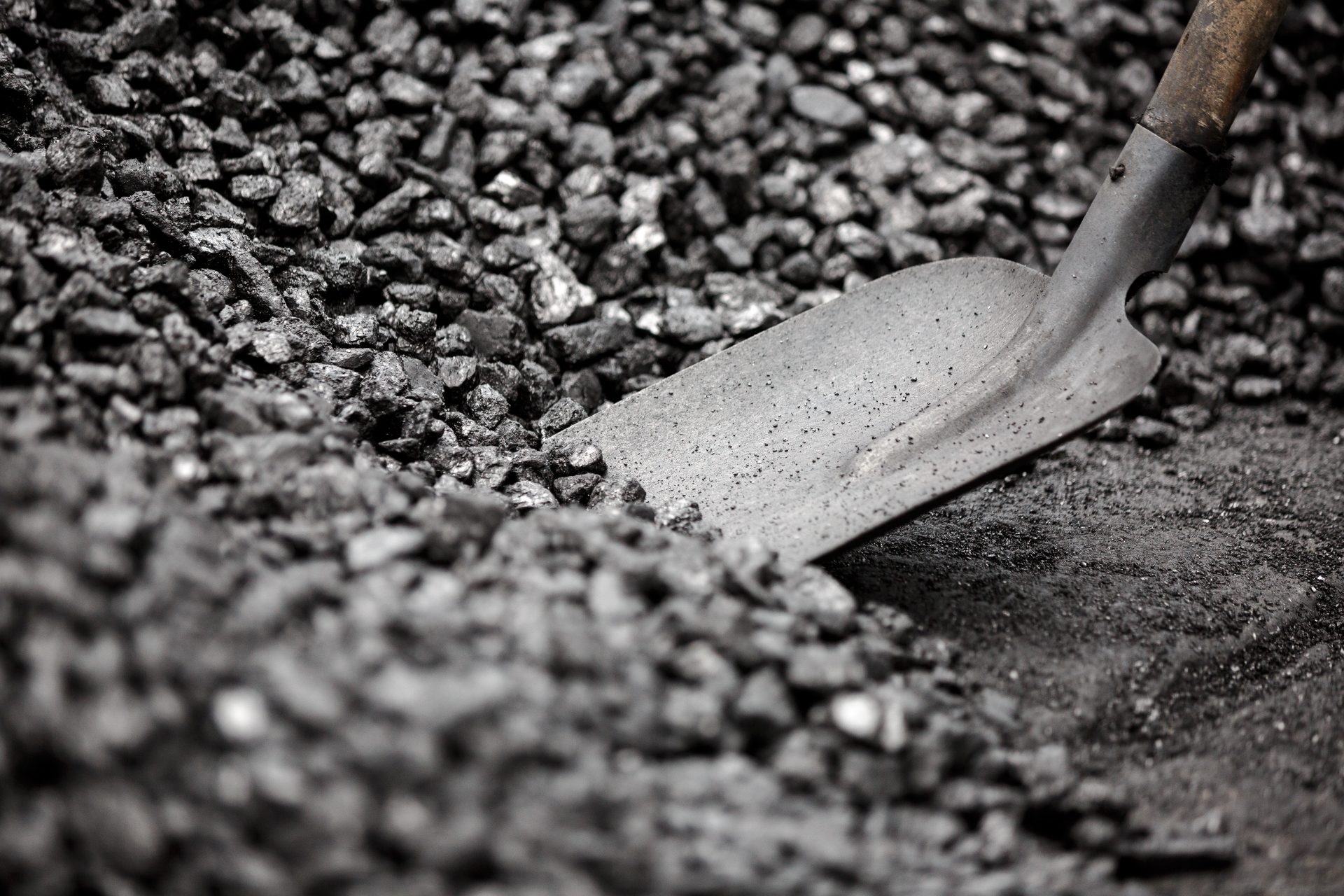
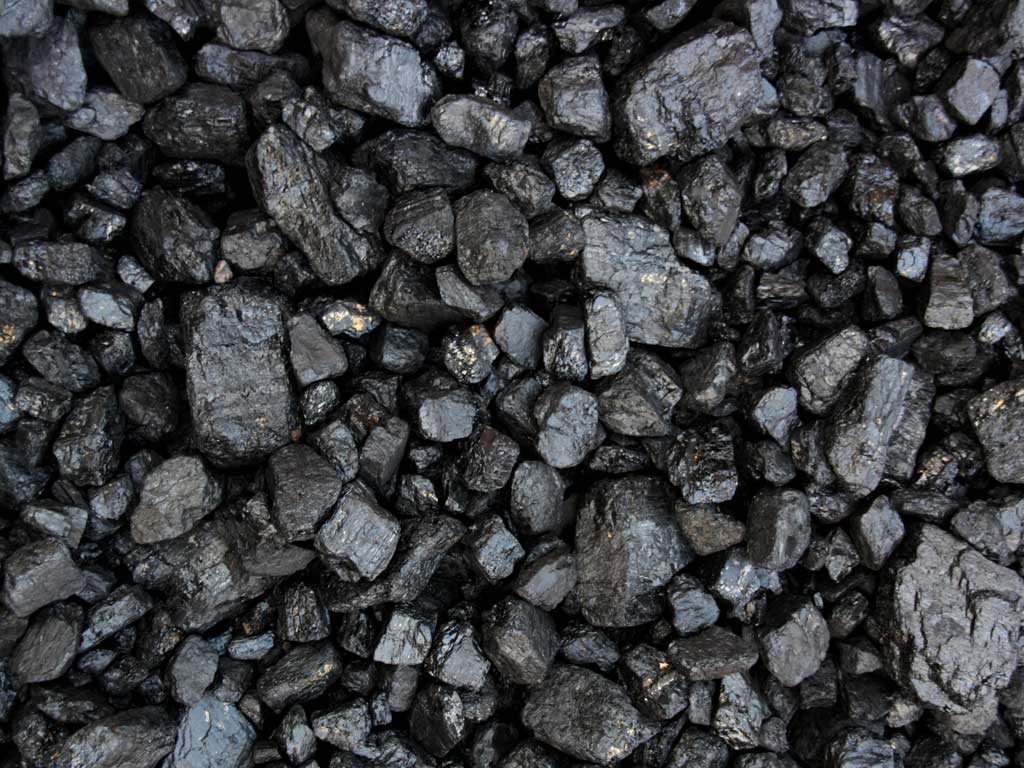

What is Coal?

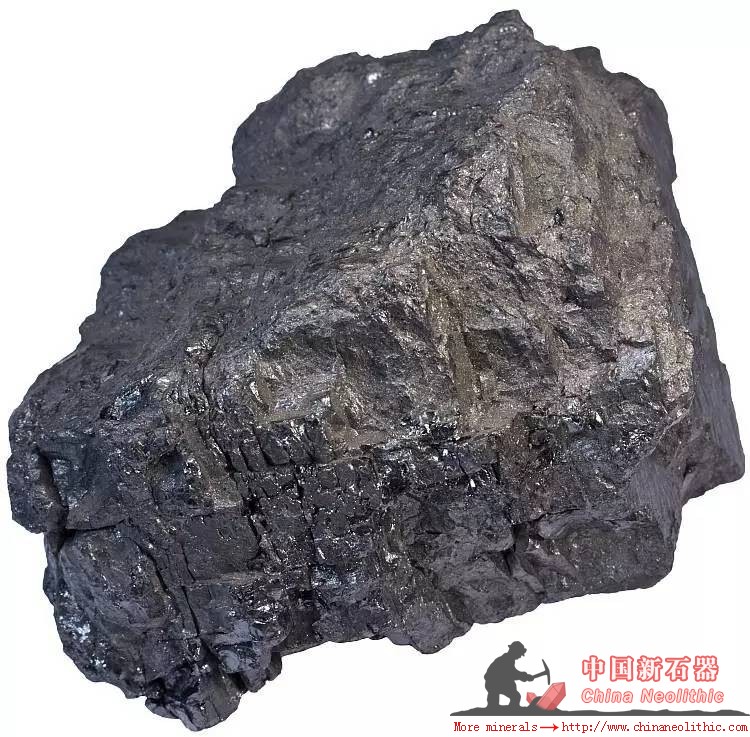
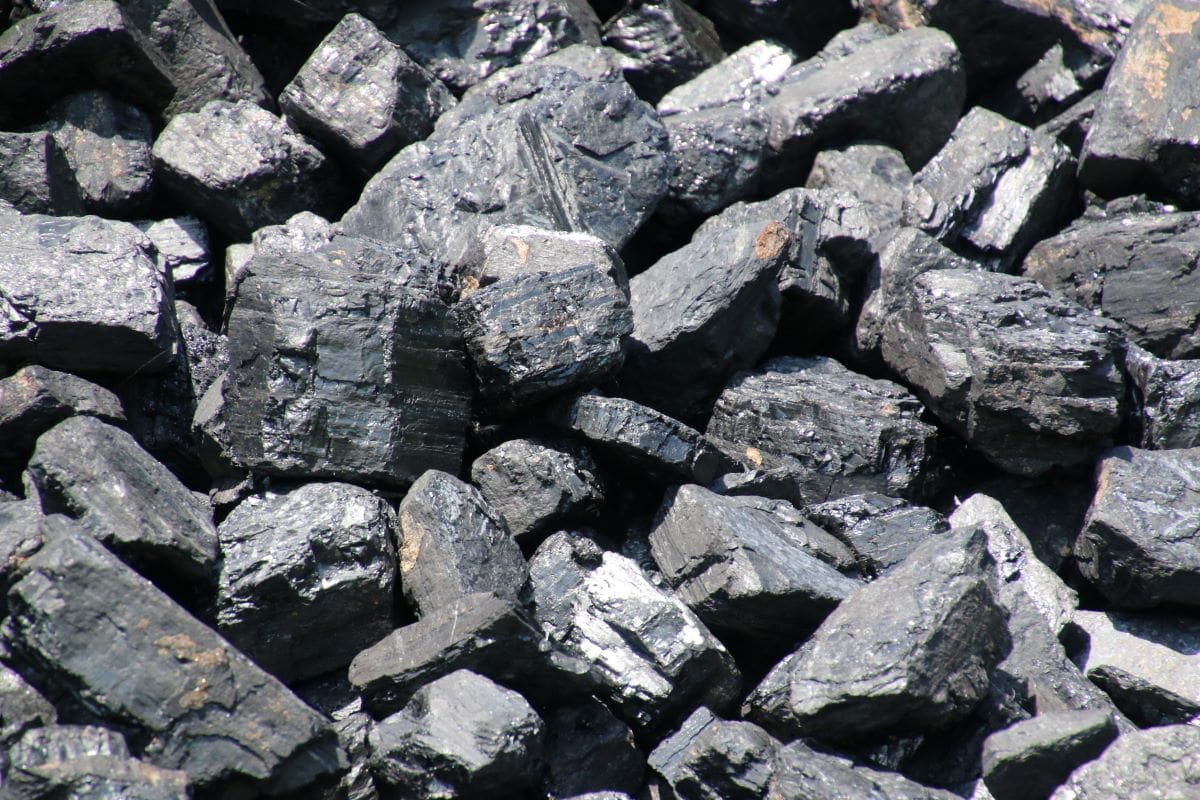
Uses of Coal
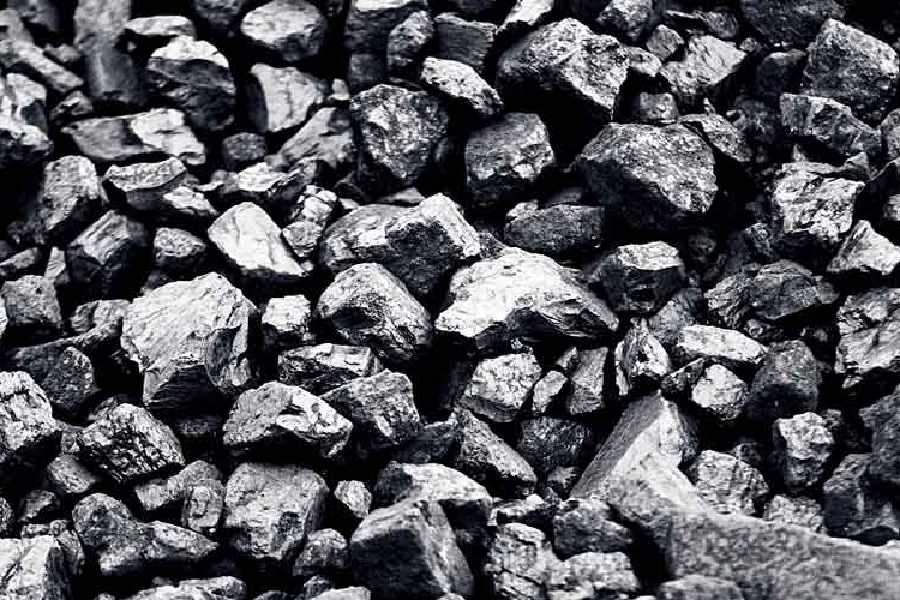

Types of Coal
Coal is classified into four main types based on the carbon content and heat value: - Lignite: Also known as brown coal, lignite has the lowest carbon content and is used primarily for electricity generation. - Subbituminous Coal: This type has a higher carbon content than lignite and is used for both electricity and industrial processes. - Bituminous Coal: With a higher carbon content and higher heat value, bituminous coal is used for electricity generation, industrial processes, and for producing coke for steel production. - Anthracite: The rarest and most valuable type, anthracite has the highest carbon content and is used for residential and commercial space heating.
Pollution and Environmental Impact
The extraction, transportation, and combustion of coal have significant environmental and health impacts: - Greenhouse Gas Emissions: Coal combustion releases large amounts of carbon dioxide, a major contributor to global warming. - Air Pollution: Coal burning releases sulfur dioxide, nitrogen oxides, and particulate matter, contributing to air pollution and negative health effects. - Water Pollution: Coal mining can lead to water pollution through the release of heavy metals and other pollutants.